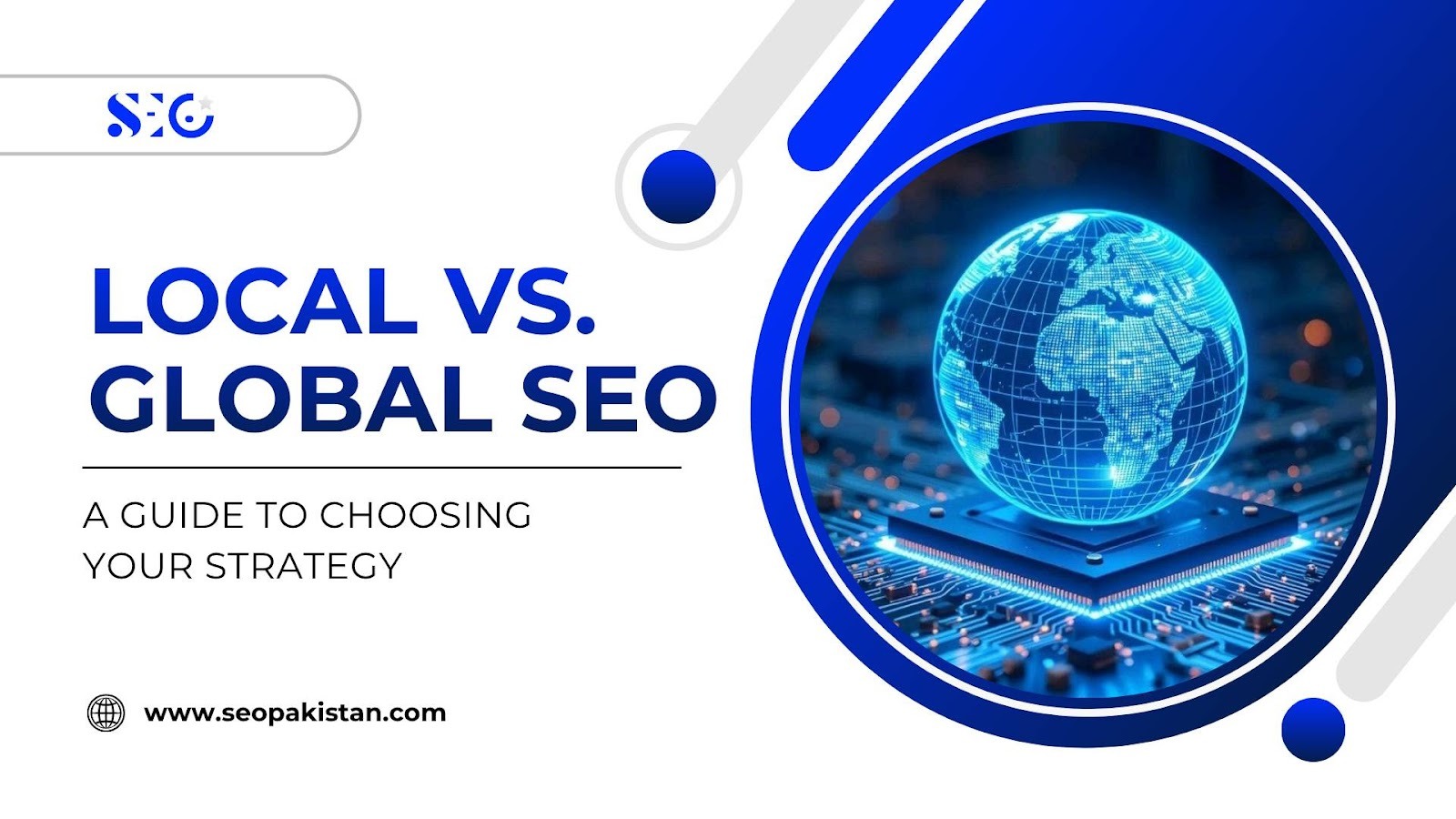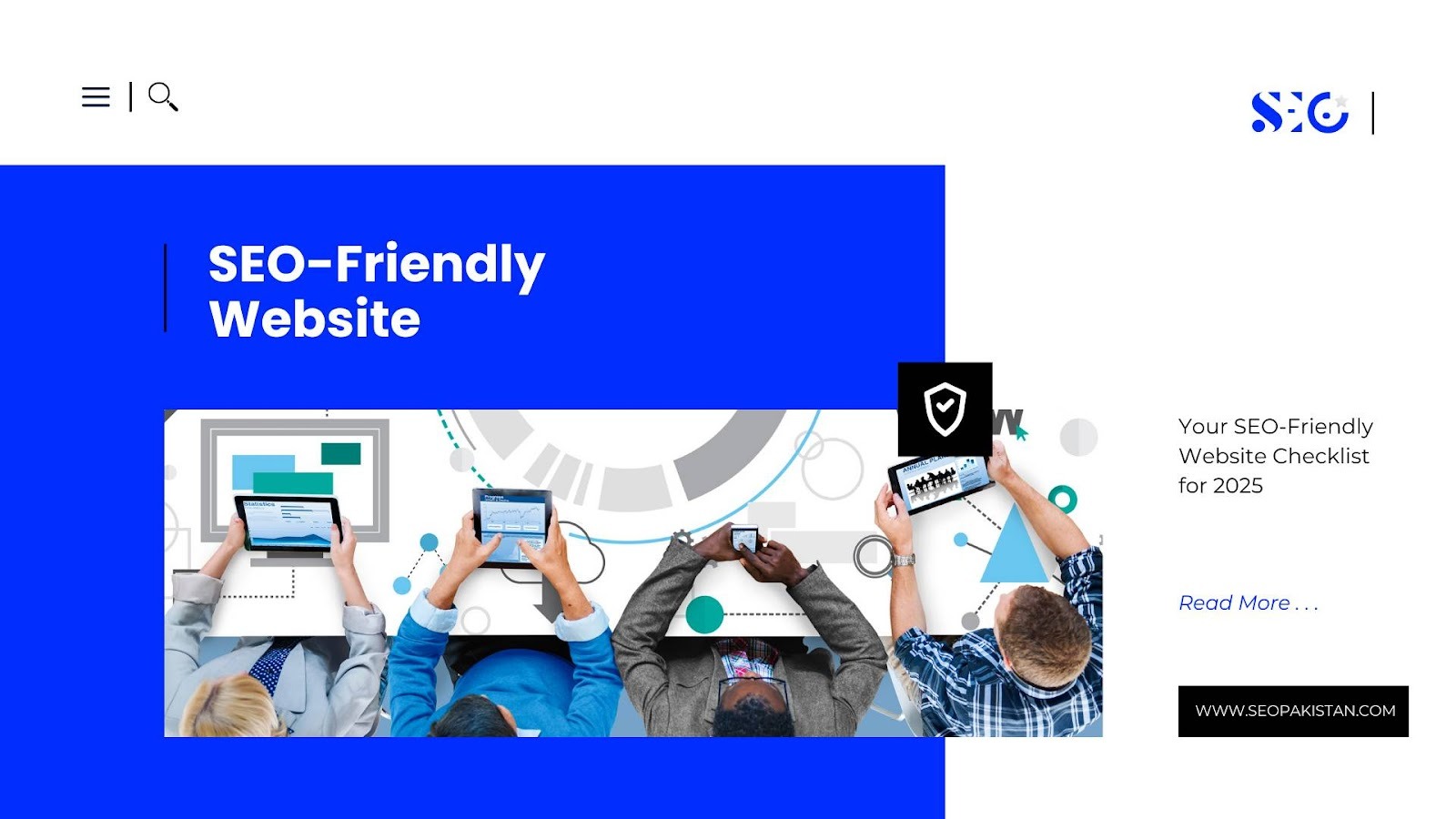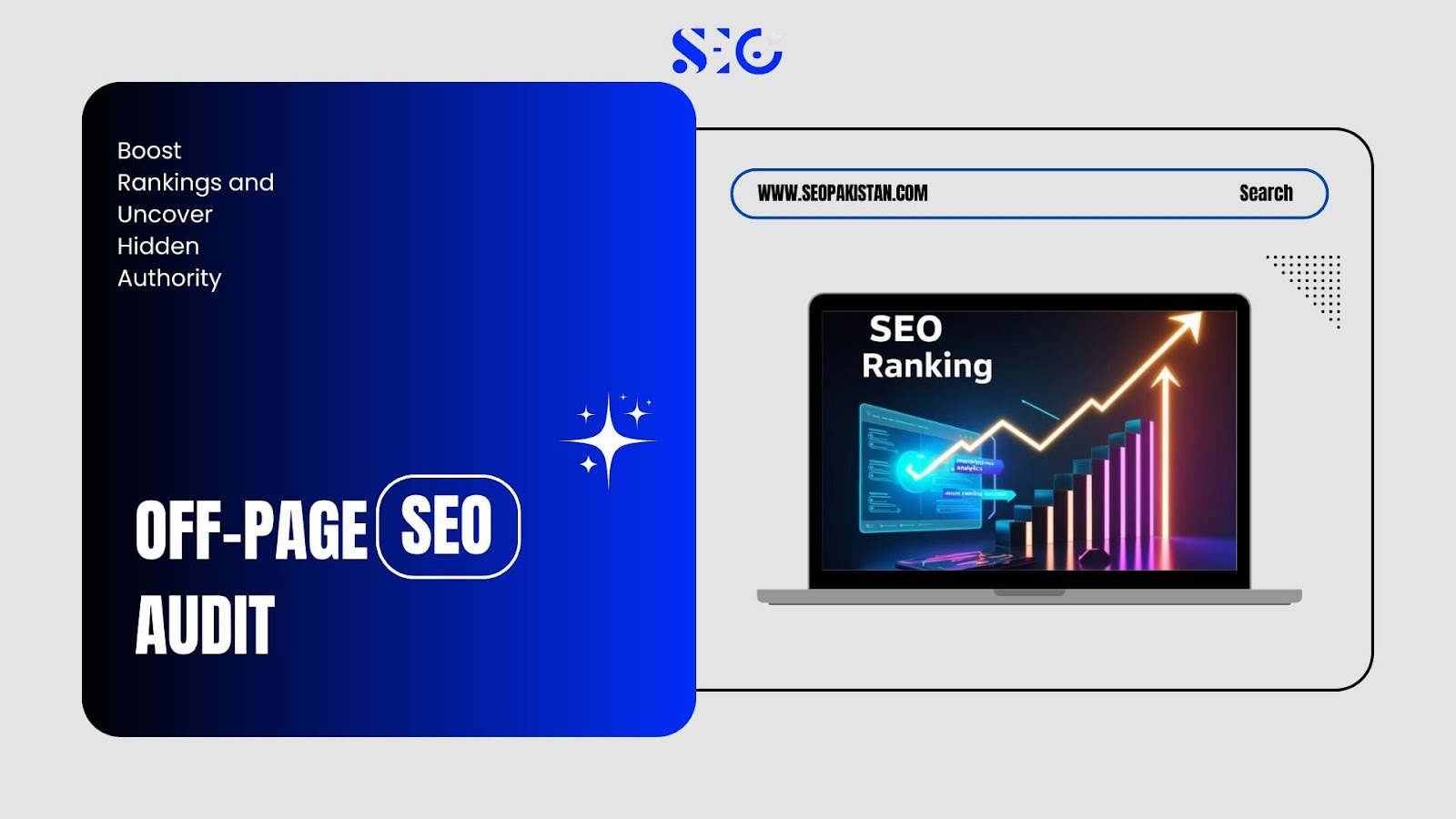Stop wasting your marketing budget targeting a worldwide audience when most potential customers may be searching locally. The decision between local SEO vs global SEO will shape your search engine optimization (SEO) strategy, impact your search engine rankings, and determine your return on investment.
For small businesses, prioritizing local search optimization is often non-negotiable. It is the most effective way to outshine large national or international competitors in local search results and connect with the local community.
This guide presents a clear decision matrix to help you choose and execute the best SEO strategies for your target audience.
The 6-Stage Decision Matrix for Local vs. Global SEO
Before investing in SEO, assess your business using these six criteria to determine whether your focus should be local or global. This ensures your SEO efforts align with your business’s online presence and goals.
| Stage | Question | Local Focus (Score 1) | Global Focus (Score 2) |
| 1. Intent | Do your target customers have local intent? | Plumber, Hairdresser, Clinic | SaaS, E-book, Online Course |
| 2. Fulfillment | Can the service be delivered without travel? | No (Physical locations only) | Yes (Digital/Worldwide Shipping) |
| 3. Scalability | Is your growth limited by the local area? | Yes (Bound by city/state) | No (Language/server-based) |
| 4. Requirements | Do you need multilingual content or local keywords? | No (Single language) | Yes (Multiple languages/cultures) |
| 5. Conversion | Is conversion focused on foot traffic or online sales? | Store visit/Phone call | Cart checkout/Subscription |
| 6. Budget | Can you afford an international setup for global SEO? | No (Focus on Google Business Profile & local citations) | Yes (Focus on hreflang/ccTLDs) |
Who Should Invest?
Businesses scoring 4–6 in the Local Focus column should concentrate on local SEO strategies. Those with high scores in Global Focus should implement a global SEO strategy and cater to an international audience.
The Local Domain Masterclass: Leading Local Search
Local SEO is all about capturing local search intent. A well-crafted local SEO strategy ensures your local business stands out in local search results, attracts a local audience, and drives the business’s visibility.
The Review Velocity Multiplier
Review velocity is a critical local SEO performance signal. Encourage local customer reviews regularly.
Not only do frequent local reviews signal relevance to search engines, but they also influence potential customers by showcasing your business’s reputation in organic search results.
The “Service Area” Firewall
Service area businesses (SABs) should keep their Google Business Profile address private while defining service boundaries.
Accurate service areas increase your chances of ranking higher in local listings and attracting nearby customers searching for your services.
Geo-Tag Trap & Image Schema

Geo-tag all images before uploading them to your Google Business Profile and website. Use the LocalBusiness schema to provide search engines with specific local data.
This approach boosts local SEO efforts and improves search engine results for location-specific keywords.
The Niche Schema Advantage
Leverage niche schema types (such as HealthAndBeautyBusiness or Restaurant) instead of generic ones.
This feeds Google relevant keywords and vertical-specific signals, improving your business’s visibility for targeted local keywords and community events.
The Global Expansion Architecture: Optimize for a Worldwide Target Audience
Global SEO requires a robust SEO plan that accommodates multiple languages, an international audience, and the technical needs of global sites.
The Canonical Language Hack
Use canonical tags to consolidate authority for regional subfolders and avoid duplicate content in search engine results. This ensures organic traffic is directed properly and helps you rank for relevant keywords globally.
The Latency Killer CDN
A content delivery network is vital for global sites. It boosts site speed, a crucial factor for search engine rankings and user experience, and supports organic seo by improving accessibility worldwide.
The “x-default” Hreflang Signal
Implement x-default hreflang tags to guide search engines when users’ language or region is not matched. This increases global seo performance and prevents missed opportunities in organic search results.
The AI Content Geofence

Generate regionally unique content using AI and keyword research tools. This geofenced, highly relevant content prevents duplicate issues and appeals to the search behavior of different international audiences.
Comparing Local SEO and Global SEO
A focused SEO strategy delivers clear advantages for your business’s online presence and online directories.
| Feature | Local SEO Strategies and Tactics | Global SEO Strategies |
| Primary Tool | Google Business Profile, Local Listings, Local Citations | Hreflang, ccTLDs, International SEO setup |
| Keyword Type | Local keywords, location-specific, high-intent | Generic, high-volume, multilingual, national seo targets |
| Conversion Focus | Foot traffic, phone calls, and local events | Online sales, subscriptions, national or international audience |
| Technical Focus | NAP consistency, local reviews, off-page seo, social media platforms | Site speed, CDN, international SEO, broken links |
| Content Strategy | Local search optimization, community events, and businesses’ visibility | Localization, cultural adaptation |
Benefits of a Focused Local or Global SEO Strategy
Whether you choose a local or global path, a focused strategy provides significant benefits:
- Superior conversion rates through clear targeting of search behavior and location-specific keywords.
- Optimized budget allocation with no wasted investment on the wrong target audience.
- Increased local search rankings and dominance in the Google Map Pack for local businesses.
- Consolidated authority across regions with a strong global seo focus.
- Protection against duplicate content for multi-region or multilingual sites.
- Community trust is built through local audience engagement and positive local customer reviews.
- Adaptability to future search engine optimization changes and AI-driven search results.
Conclusion: Local and Global Search Optimization
Local vs global seo strategies will continue to diverge. AI and Google’s new Search Generative Experience will make local search more visual and map-focused, while global SEO will require expertise in global seo strategies and organic SEO. Use the 6-Stage Decision Matrix as your SEO blueprint, whether targeting your local market or expanding to a worldwide target audience.
Now is the time to act. Assess your business model, identify your ideal target customers, and choose a focused SEO plan. Whether you want to dominate local search results or reach an international audience, put these strategies into practice today to boost your online visibility, attract nearby customers, and build a business that leads in search engine rankings.
Take the next step, unlock your SEO potential, and achieve results that set you apart from the competition with seo pakistan.
Frequently Asked Questions
What is the difference between local SEO and global SEO?
Local SEO focuses on optimizing for location-specific searches to attract nearby customers, while global SEO targets a worldwide audience by building authority and catering to multilingual and international needs.
What is the difference between local SEO and regular SEO?
Local SEO emphasizes proximity and relevance for location-based searches, whereas regular SEO (often national or global) focuses on broader keyword rankings and online visibility without geographic constraints.
What are the 4 types of SEO?
The four types of SEO are:
- On-Page SEO: Optimizing content and HTML elements on your website.
- Off-Page SEO: Building backlinks and external signals.
- Technical SEO: Improving site speed, structure, and crawlability.
- Local SEO: Enhancing visibility for location-based searches.
What is the 80/20 rule for SEO?
The 80/20 rule suggests that 80% of your results come from 20% of your efforts, meaning you should focus on high-impact SEO activities like quality content and authoritative backlinks.
What are the 3 C’s of SEO?
The 3 C’s of SEO are:
- Content: High-quality, relevant, and optimized content.
- Code: Clean, efficient, and search-engine-friendly website code.
- Credibility: Building trust through backlinks, reviews, and authority.













